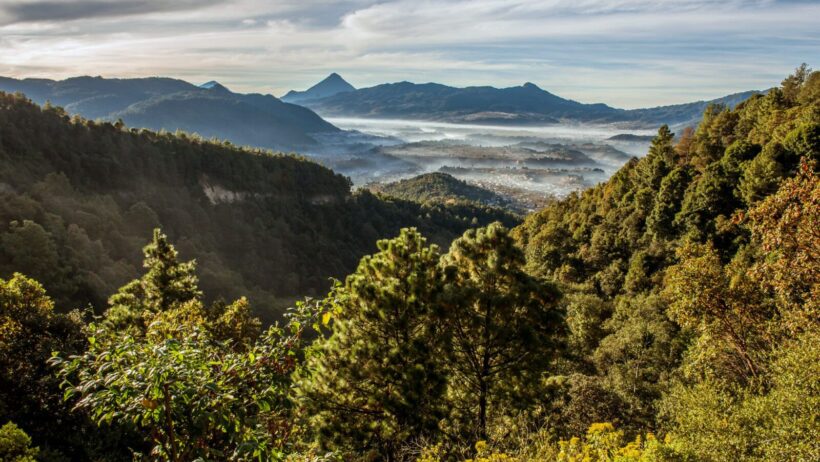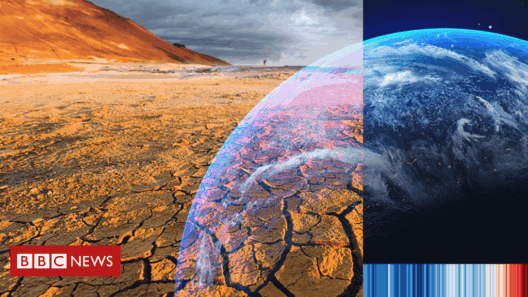Guatemala, a jewel nestled in Central America, boasts a climate that is as varied as its landscapes, oscillating between the balmy embrace of tropical highlands and the lush, enigmatic surroundings of its rainforests. Understanding this intricate climate tapestry not only heightens awareness of environmental issues but also piques curiosity about the unique ecosystems thriving within the region.
The geographical layout of Guatemala is a significant contributor to its distinct climatic zones. Enveloped by volcanic mountains, expansive plateaus, and dense jungles, the country experiences a diverse range of climatic conditions that vary according to altitude and proximity to the coast. Predominantly, Guatemala features three main climatic regions: the tropical lowlands, the temperate highlands, and the mountainous zones. Each of these areas harbors its own unique climate characteristics and ecosystems.
The tropical lowlands, which lie at elevations up to 1,200 meters, are characterized by a hot and humid climate. With average temperatures ranging from 25 to 30 degrees Celsius (77 to 86 degrees Fahrenheit), these regions often experience substantial rainfall, particularly during the wet season that extends from May to October. The consistent warmth and abundant moisture create an ideal environment for the proliferation of diverse flora and fauna. The forests are teeming with life, including iconic species such as jaguars, howler monkeys, and an array of colorful birds, including the famous resplendent quetzal.
As one ascends into the temperate highlands, which span from 1,200 to 2,400 meters in altitude, the climate shifts dramatically. Here, temperatures are relatively cool and fluctuate significantly between day and night. The average temperature ranges from 15 to 25 degrees Celsius (59 to 77 degrees Fahrenheit), creating a distinct microclimate that is less humid than the lowland regions. This climate supports agricultural activities, with the cultivation of coffee, corn, and cardamom dominating the landscape. The seasonal variations, marked by a wet season and a dry season, ensure that the highlands bloom vibrantly during the rainy months, showcasing a vibrant tapestry of wildflowers and lush greenery.
The mountainous regions of Guatemala, particularly those exceeding 2,400 meters, house climates that are decidedly frigid compared to their lower counterparts. These altitudes often present challenges for biodiversity and human habitation. Despite the harsher conditions, the highlands teem with myriad unique species, notably endemic plants and resilient wildlife adapted to the coolness and variable weather patterns. The climate here veers into a subpolar classification, with average temperatures dipping below 15 degrees Celsius (59 degrees Fahrenheit) during the night readily highlighting the stark contrasts within Guatemala’s climate zones.
While the topographic variations create distinct microclimates, the overarching climate of Guatemala is predominantly influenced by its tropical location and the Pacific and Caribbean weather systems. The two dominant seasons—wet and dry—are shaped by the annual monsoon cycles, which significantly affect agriculture, water supply, and overall ecological health. The wet season, characterized by torrential downpours, can lead to occasional flooding and landslides, presenting challenges to communities living in vulnerable areas. Conversely, the dry season presents opportunities for farming and harvesting, but it also poses threats of drought, affecting both regional ecology and food security.
As one delves deeper into the ecological complexities of Guatemala, it becomes evident that the rainforests play a quintessential role in maintaining ecological balance. These mystical jungles, often shrouded in mist and teeming with life, are home to some of the planet’s most unique ecosystems. The complex interplay between climate and biodiversity fosters an environment rich in rare species and provides critical ecosystem services that sustain local communities.
Rainforests contribute significantly to the mitigation of climate change. Their ability to sequester vast amounts of carbon dioxide renders them a vital asset in combatting the increasing concentrations of greenhouse gases plaguing our atmosphere. Moreover, these forests promote rainfall density within their biome, creating a self-sustaining water cycle. This intricate connection between plants, animals, and climate further emphasizes the necessity of preserving Guatemala’s rainforests in the face of deforestation and habitat destruction. The impacts of climate change, ranging from increased temperatures to altered precipitation patterns, threaten these invaluable ecosystems. Retreating forests due to deforestation not only jeopardize native species but also exacerbate climate change through diminished carbon storage capabilities.
In conclusion, Guatemala’s climate, with its tropical highlands and enigmatic rainforests, represents a profound case study in environmental complexity. The interplay between climate and geography creates a unique framework for biodiversity, agriculture, and sustainability. However, with this intricate beauty comes responsibility. Balancing human needs with the preservation of natural resources is imperative in ensuring that the rich tapestry of Guatemala’s ecosystems remains intact for generations to come. As curiosity burgeons over the climate intricacies of this Central American nation, individuals are encouraged to recognize their role in protecting and preserving this environmental treasure.








